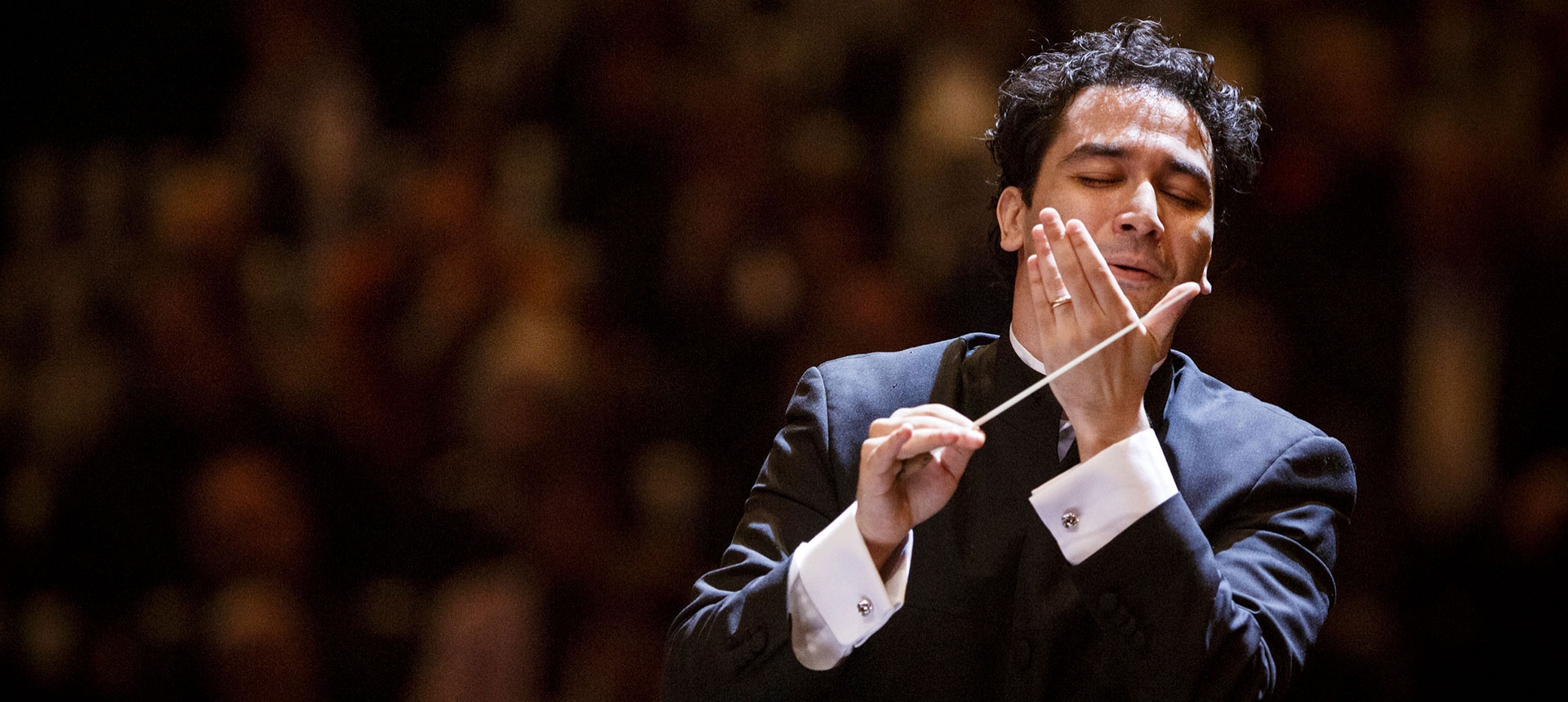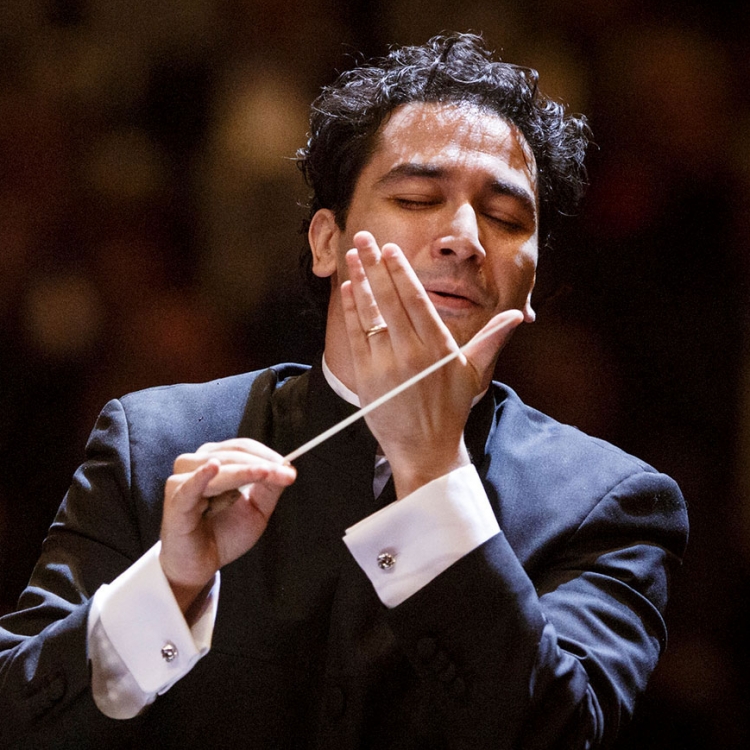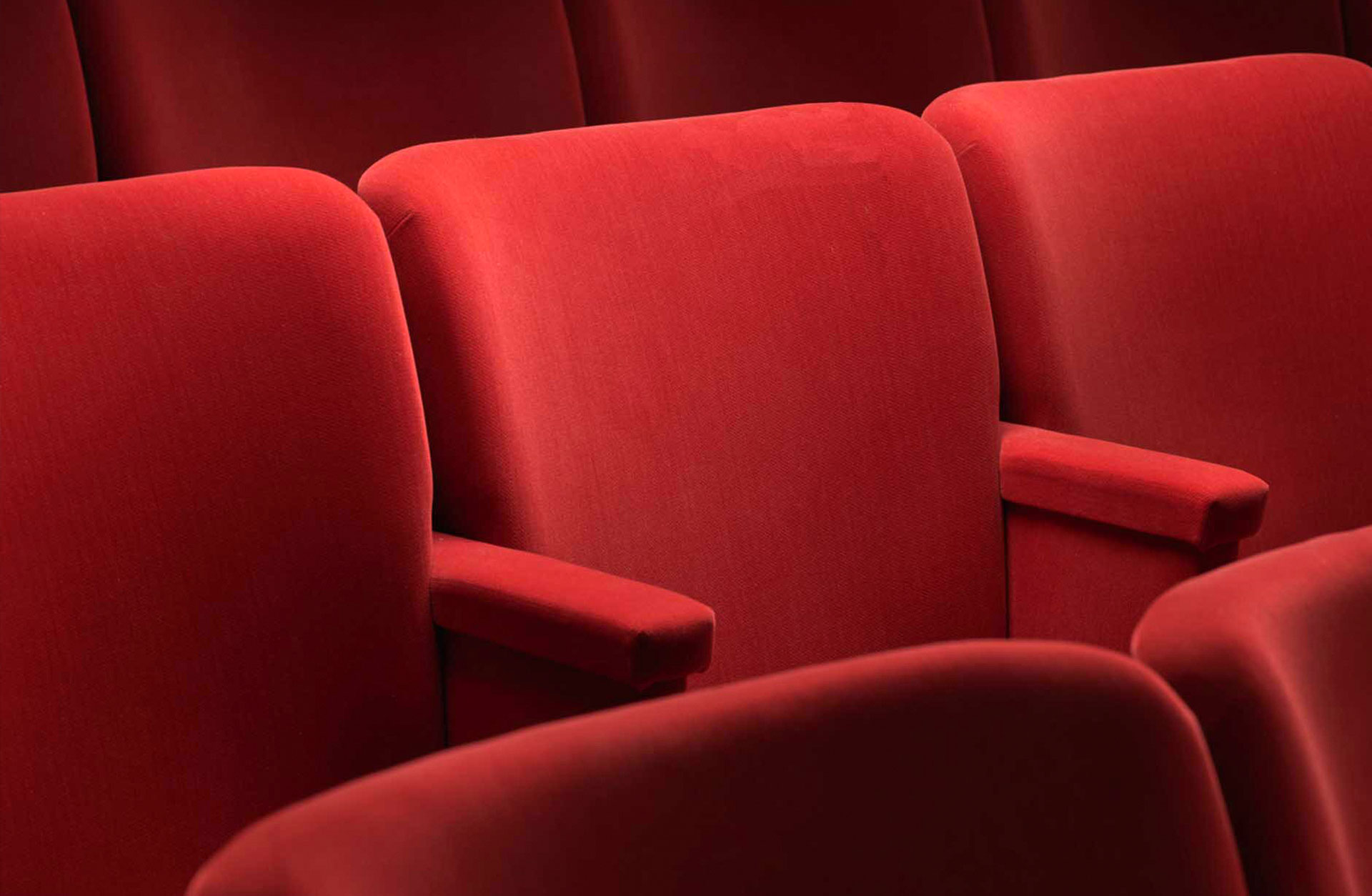Cart
Your cart is empty
Your cart is empty
List is empty
Press ESC to close the search field



Event has already taken place. Gothenburg Symphony, Andrés Orozco-Estrada conductor, Lawrence Power viola
When conductor Andrés Orozco-Estrada met the Gothenburg Symphony for the first time in 2013, it was a raging success. Göteborgs-Posten’s review called him “a phenomenal young artist… musically absolutely splendid,” and following concerts in Stockholm and Helsinki, a second invitation was highly anticipated. But the rest of the world had also discovered Andrés Orozco-Estrada, and as he is music director in Houston and chief conductor in Frankfurt, his schedule has been full.
So we’re particularly pleased to welcome him back again in Richard Strauss’ splendidly virtuosic A Hero’s Life, a wonderfully self-obsessed hero’s tale in which Richard Strauss depicts friends and enemies, fights and peace with a great deal of humour.
Another “phenomenal artist” is violist Lawrence Power, a leading viola soloist. James MacMillan’s resonant viola concerto was dedicated to him, and after the first performance with the London Philharmonic in 2014, the Guardian wrote “A major contribution to the repertory… Lawrence Power looked as if he adored playing it.”

Here you will find all the necessary information that you need to know about before your magical visit in the Concert Hall.
Invite yourself or someone you like to an experience for all the senses. Welcome to visit the Concert Hall's restaurant or one of our foyer bars.